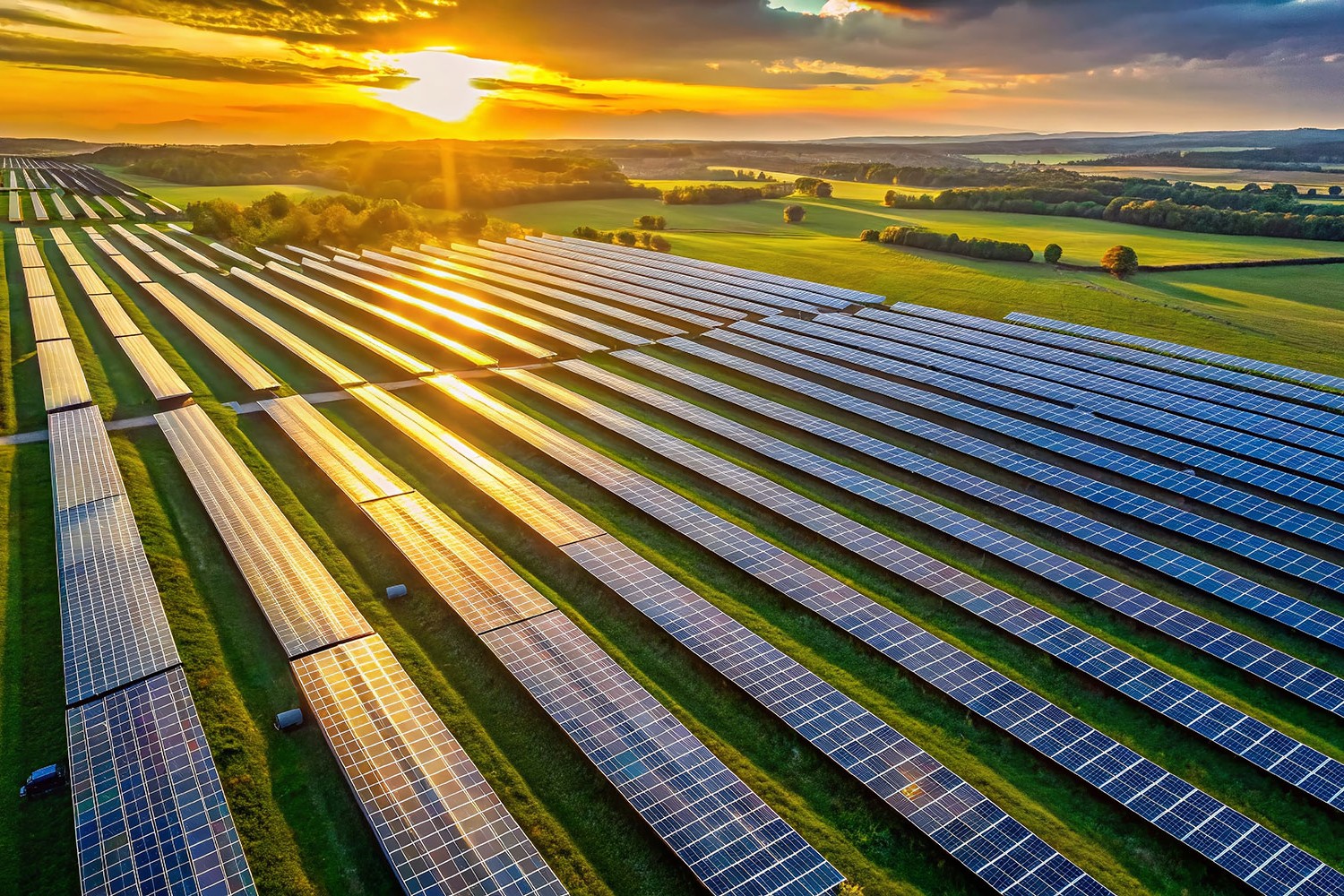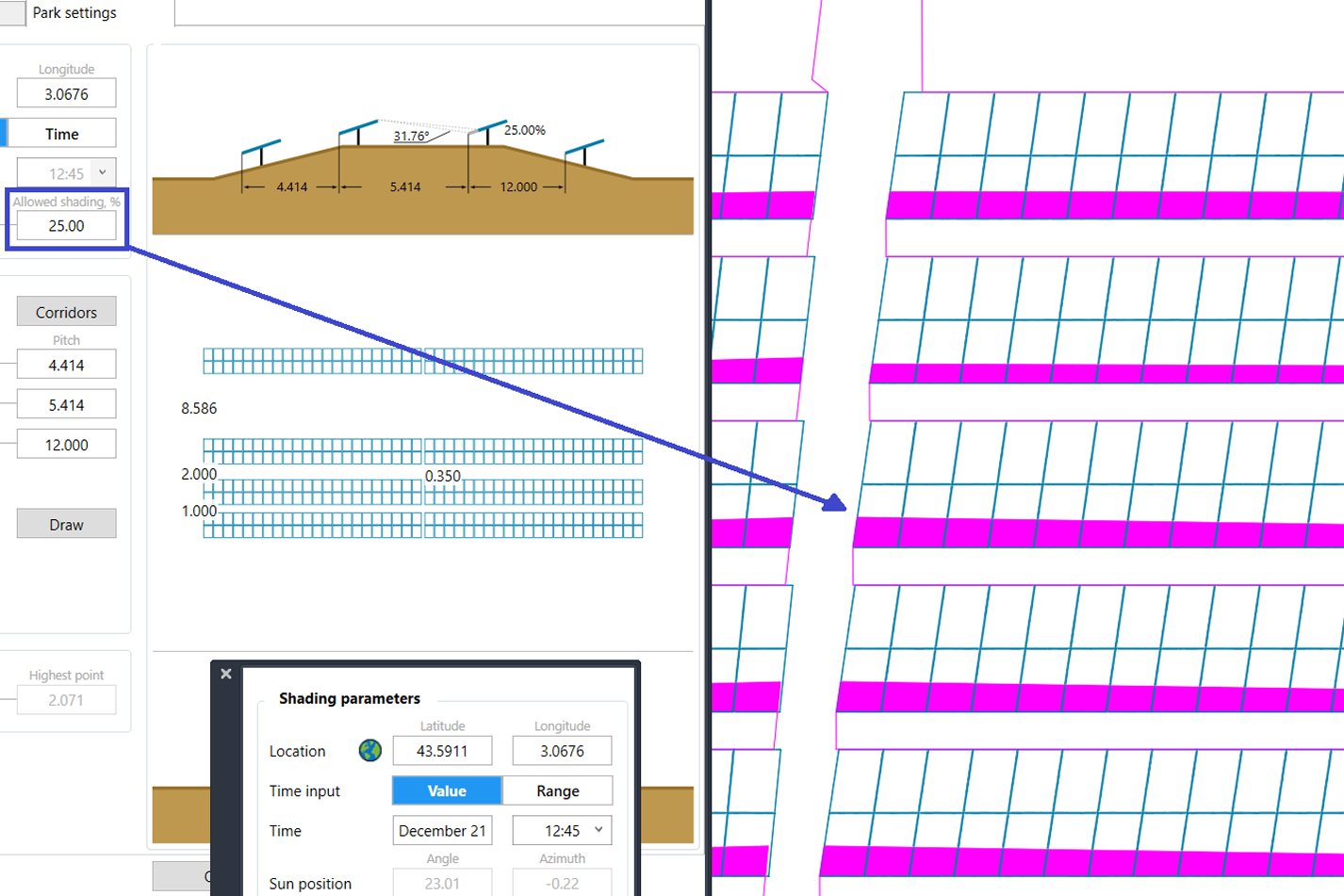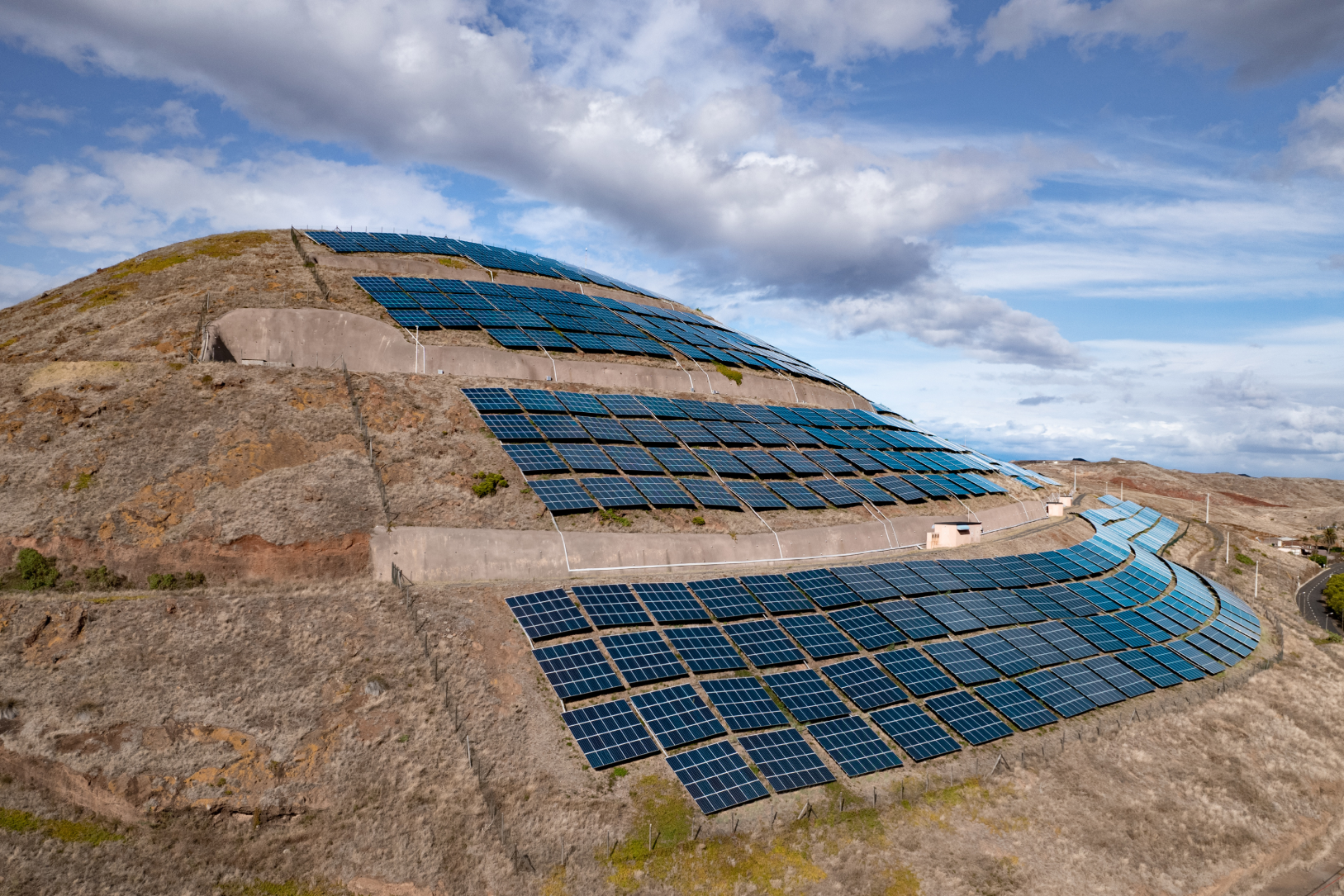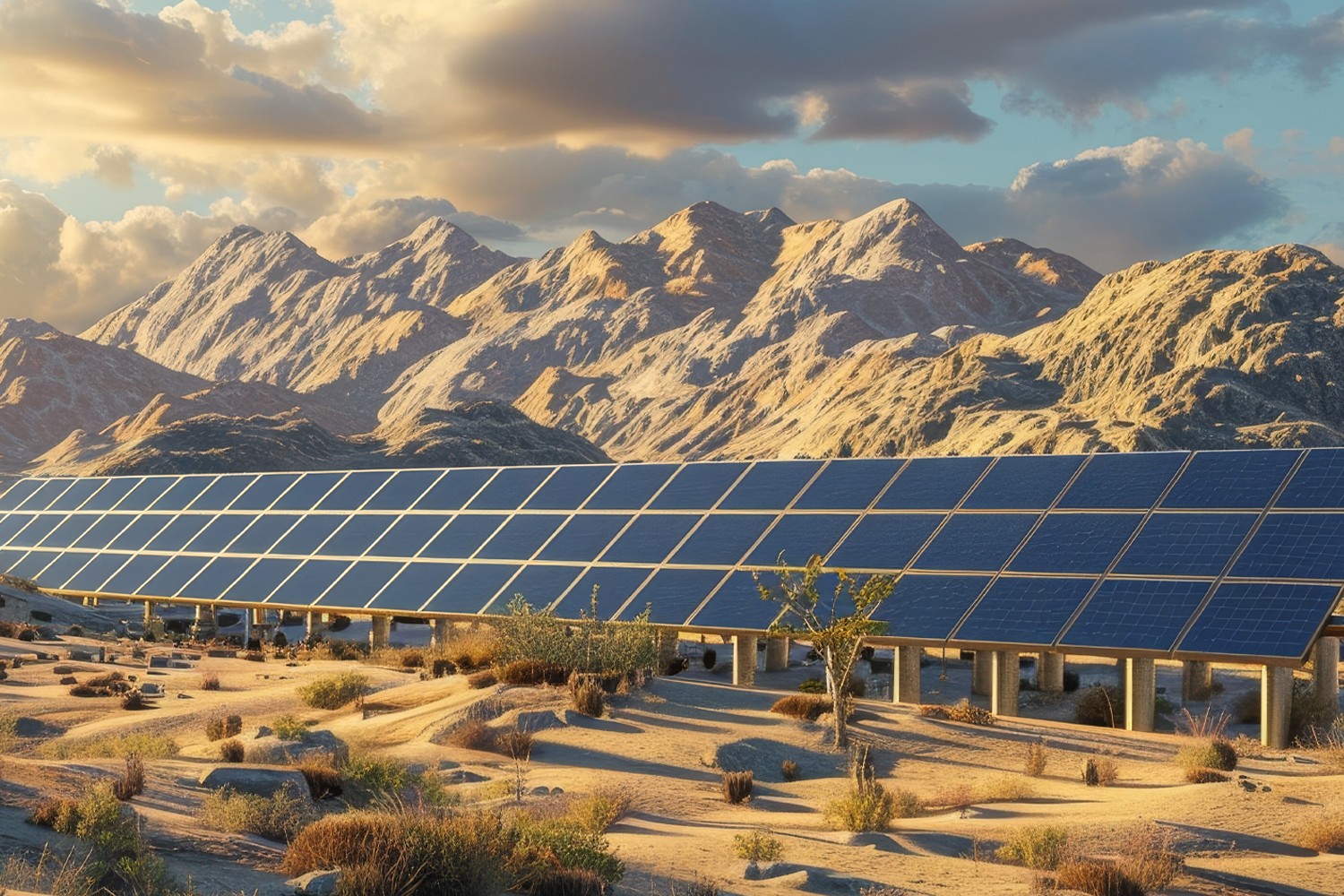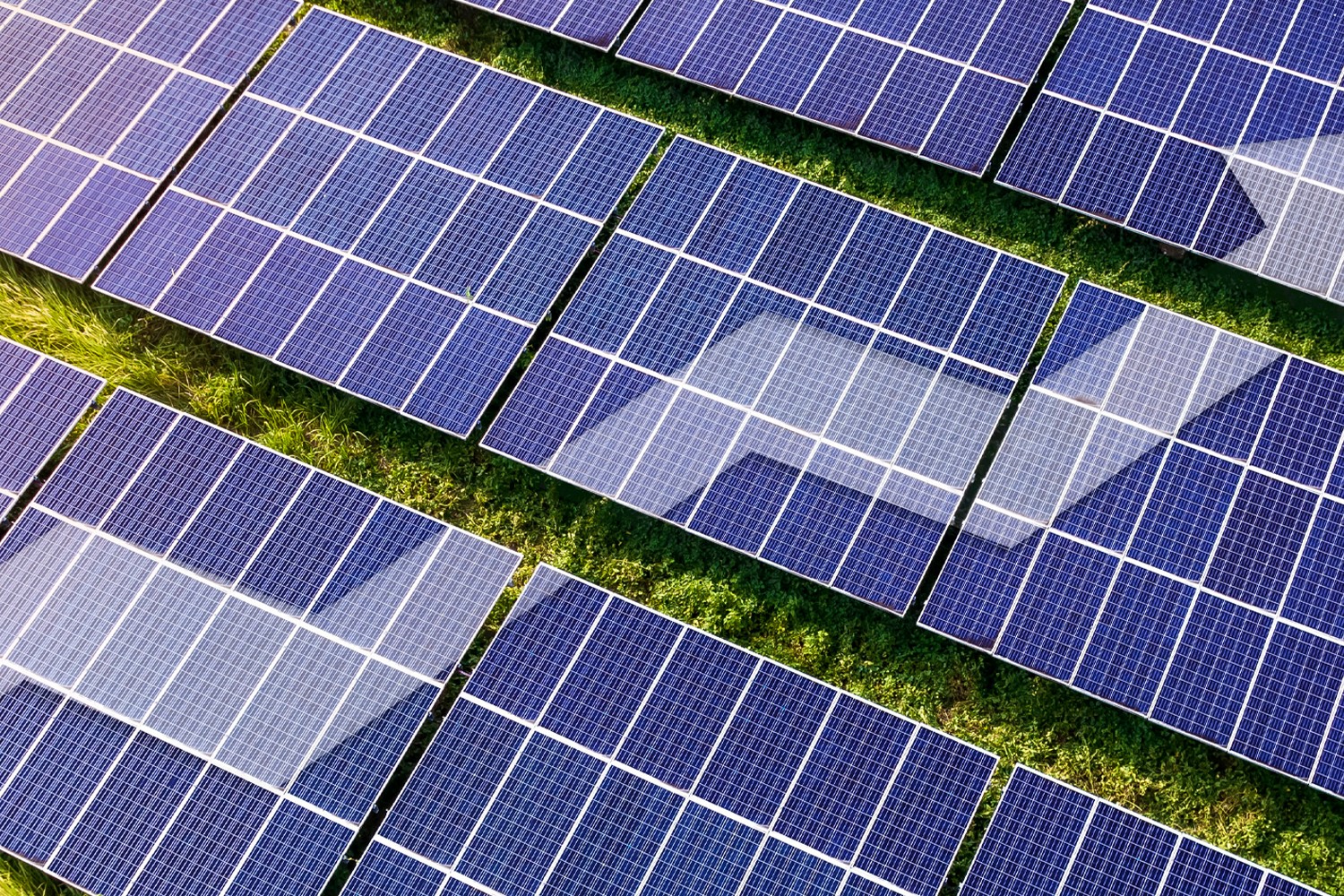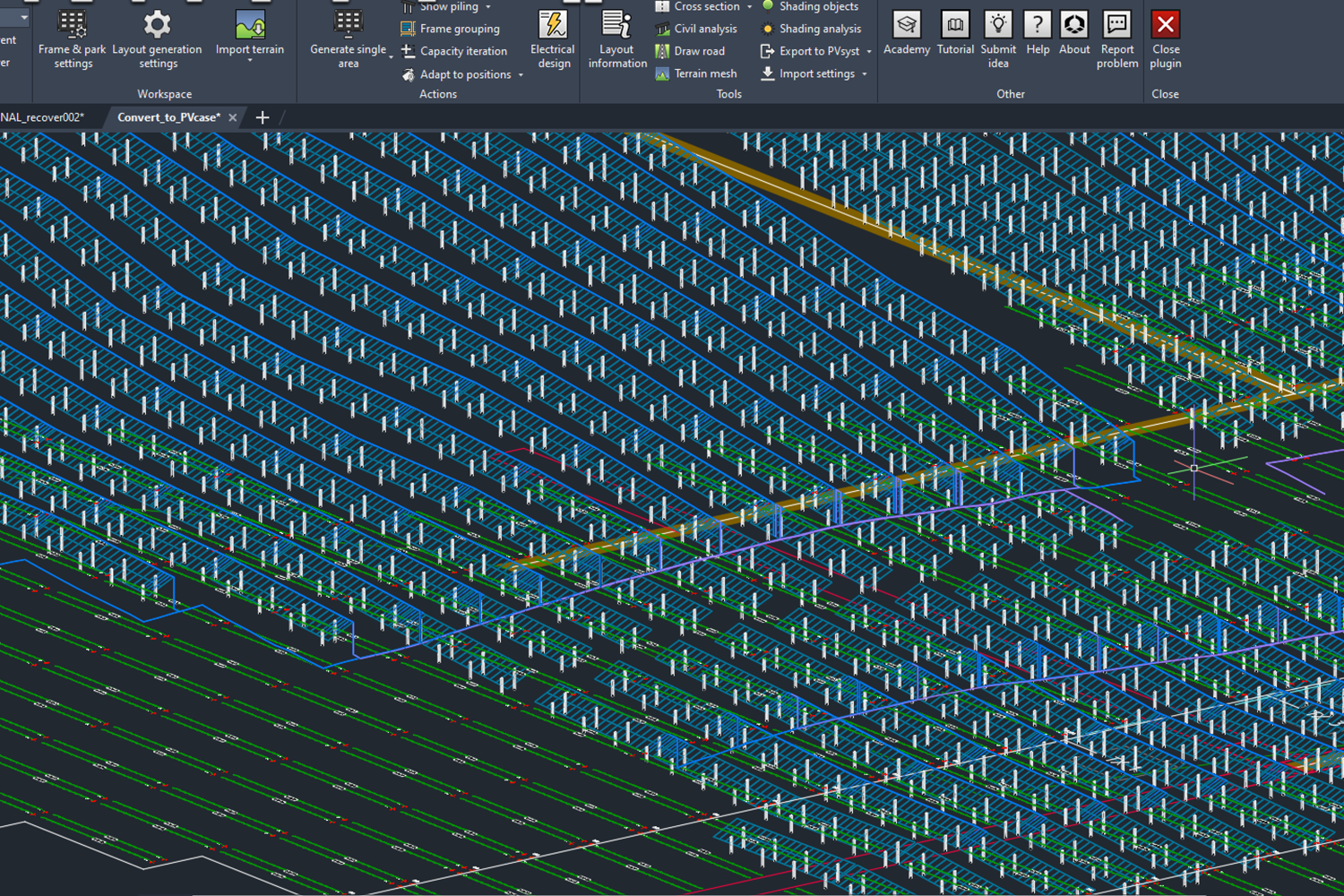Can you remember when it was normal to smoke in restaurants or pile the kids in the car without seatbelts or car seats? If you don’t recall such times, that’s because very quickly, those activities became socially unacceptable.
Similarly, it may soon become socially unacceptable for businesses not to have solar on their roofs. Already, the pressure is increasing.
Making net zero targets meaningful
What’s behind the push for businesses to install rooftop solar?
Over 20% of the world’s 2000 largest public companies, representing nearly every economic sector, have already made net zero commitments. But while net zero corporate pledges have taken off in recent years, companies are now facing greater scrutiny over how they achieve these goals — with some investors even threatening to pull money out of companies that don’t make a serious effort to cut emissions.
Employees are also putting on the pressure; a 2020 Reuters survey found that 65% of respondents were more likely to work for a company that has strong environmental policies. In 2021, a World Economic Forum study found that 59% of employees leaving their jobs were looking for organizations more aligned with their values, and an IBM study found that 71% of employees are drawn to environmentally sustainable companies. Young employees, in particular, are demanding more accountability from their employers.
Amid numerous reports that the world’s top corporations aren’t doing enough to fight climate change, businesses are under increasing pressure from both employees and customers to engage in authentic environmental, social, and governance (ESG) practices.
When it comes to clean energy procurement, this new pressure is leading many companies to look beyond offsite solar, wind, and hydropower and to install solar on their own roofs.
One compelling reason for companies to switch to onsite solar is that it provides a more direct, authentic, and effective way to cut carbon emissions. Most companies that claim to buy renewable energy have been buying energy credits, as opposed to actual renewable energy. These credits, known as guarantees of origin (GOs) in Europe and renewable energy certificates (RECs) in the US, are controversial because they don’t always encourage the production of new renewable energy generation.
Companies like Apple, Amazon, and Google have made headlines by moving to more direct purchases of renewable energy. This is referred to as “additionality”: taking action that creates renewable energy projects that didn’t already exist, as opposed to buying credits from existing projects.
But it’s even more direct for a business to put solar on its own roof.
Businesses reaping the benefits of rooftop solar
In addition to helping companies meet their ESG goals more authentically, rooftop solar provides further benefits.
An attractive benefit for businesses is the undeniable economic advantage of solar. Onsite solar provides businesses significant energy savings. Solar is outcompeting gas prices by 33% in the US, and as utility electricity prices rise around the world while solar costs fall, the economic advantages of solar are becoming more obvious. While companies can realize some savings by buying off-site renewable energy at a fixed price, hedging against inflation, the savings from their own rooftop solar installations are even greater.
Part of the reason for the greater solar savings from rooftop solar is that businesses that own their solar installations can take advantage of tax incentives. In the US, this includes the Investment Tax Credit (ITC) and Production Tax Credit (PTC), now extended and expanded by the recently passed Inflation Reduction Act (IRA). US businesses can also take advantage of accelerated depreciation for their solar system through the Modified Accelerated Cost-Recovery System (MACRS). Even companies that choose to finance their rooftop solar using a power purchase agreement (PPA) rather than owning the system could soon see prices come down to unheard-of lows.
Solar power, especially when paired with energy storage, also provides unparalleled resilience benefits. As the world experiences more frequent, severe, and costly weather events and grid outages, businesses are placing a higher value on resilience. This is especially true for businesses with data centers that must stay online at all times. Businesses can also enhance their community relationships by offering sites with solar and storage as potential shelters during emergencies.
Another benefit of solar paired with energy storage (and/or demand-management software) is that it can slash utility bills for businesses in locations that have demand charges. Since demand charges are calculated based on a business’s single highest 15-minute energy spike of the month, they can increase electric bills dramatically, sometimes even doubling them. Businesses faced with demand charges are highly motivated to adopt solar and storage.
As socially unacceptable as it may become for a business not to have solar on its roof, most businesses are still primarily driven by economics. With the economic rewards of solar so great, added to the social gains, more businesses are seeing the benefits of installing rooftop solar.
According to the Solar Energy Industries Association, as of 2019 there was 15 times more solar capacity installed by US businesses than there was a decade before. That’s set to increase exponentially with the implementation of the IRA. Across the globe, ongoing energy crises are making onsite solar more attractive for businesses every year.
Siting commercial rooftop solar
Where will all this rooftop solar be sited? It turns out that there’s ample commercial solar siting potential on company rooftops, which can include offices, warehouses, and parking structures.
According to the United Kingdom Warehousing Association, the UK has 18,500 acres of unused roof space on warehouses, enough to generate 15 GW of solar energy. That doesn’t include non-warehouse commercial sites, which will drive that number higher. In the US, research firm Wood Mackenzie found that there’s enough unused roof space on commercial buildings to generate 145 GW of solar, enough to power the equivalent of 28 million homes.
With so much potential for commercial rooftop solar and expanding interest from businesses in the social and economic benefits of onsite solar, the time is right for developers to take advantage of the enormous opportunities. Part of the recipe for success in this market is to automate the design process with tools that are fast and precise.
PVcase’s new tool PVcase Roof Mount provides the best solar design experience in AutoCAD, allowing engineers to centralize their design process into just one tool that contains everything they need to get the job done more efficiently. In addition to providing convenience, this also reduces the possibility of time-consuming design mistakes that need to be fixed.
As more businesses choose to install rooftop solar and the market grows as it never has before, PVcase Roof Mount will be instrumental in advancing commercial rooftop solar, a market sector that will help businesses play an important role in effectively fighting climate change.
You might also be interested in:
March 26, 2025
PVcase Yield product guide: revolutionize solar energy modeling with advanced technology
Download PVcase Yield product guide and discover how PVcase Yield is transforming solar energy modeling with its advanced digital twin technology and physics-based simulations.…
March 25, 2025
The impact of Zoning Data on strategic site selection
Zoning Data encompasses the information used by local governments to classify land use. Learn how this new addition to PVcase Prospect enables solar developers to choose a project…
March 24, 2025
PVcase’s spring product updates: what’s new
PVcase and HeatSpring offer a new training bundle on utility-scale solar engineering for solar designers and engineers.
March 5, 2025
Why fiber data is non-negotiable for data center site selection
Discover why integrating fiber data into your data center site selection process is crucial for reducing costs, accelerating deployment, and improving network resilience.
February 20, 2025
PVcase Ground Mount wins G2 2025 Best CAD & PLM Software award
PVcase and HeatSpring offer a new training bundle on utility-scale solar engineering for solar designers and engineers.
February 18, 2025
PVcase partners with HeatSpring for advanced utility-scale solar training
PVcase and HeatSpring offer a new training bundle on utility-scale solar engineering for solar designers and engineers.
February 3, 2025
Solving ground mount solar design challenges. A guide by engineers, for engineers
Download our e-book for expert insights and actionable solutions to the common pain points you encounter in your day-to-day work, and start taking back your development time.
January 15, 2025
Award-worthy solar software: PVcase’s impact in 2024
Explore how PVcase's award-winning product suite is combating climate change through innovative software and what achievements were recognized the most.
January 14, 2025
Top 10 questions asked during the PVcase Digital SmartUp’24 — answered
Customers ask, we answer — read the article to find answers to the top 10 most asked questions at the exclusive PVcase Digital SmartUp'24 event.
January 10, 2025
Developing solar projects on challenging land
Solar developers face fierce competition, congested grids, and a shrinking pool of ideal sites. What's the solution? Read and and learn how to develop on challenging land instead.
December 12, 2024
Why Locational Marginal Pricing (LMP) data is essential for solar development?
Locational Marginal Pricing (LMP) data helps solar developers forecast profitability, minimize financial risk, and optimize site selection. Let’s break down what LMP data is, its…
December 11, 2024
PVcase product updates — November highlights
With PVcase November updates, you can achieve faster, more accurate results today — no need to make them your New Year’s resolutions. Dive into the major updates from the PVcase…
December 9, 2024
The importance of quality GIS data for solar site selection
Discover the impact of high-quality GIS data on solar site selection. Learn how parcel data, grid capacity, and LMP data optimize solar project development, reduce risks, and…
December 2, 2024
Consequences of extreme weather events: can we still afford it?
Floods, hurricanes, wildfires — whether we want them or not, extreme weather events have become the new normal. This year alone, there have been 24 billion-dollar weather…
November 14, 2024
Fail fast, succeed faster: the developer’s guide to streamlining solar projects with early-stage development software
Discover how solar developers thrive by adopting the 'fail fast, succeed faster' approach. Explore the role of early-stage development software, such as PVcase Prospect, in…



